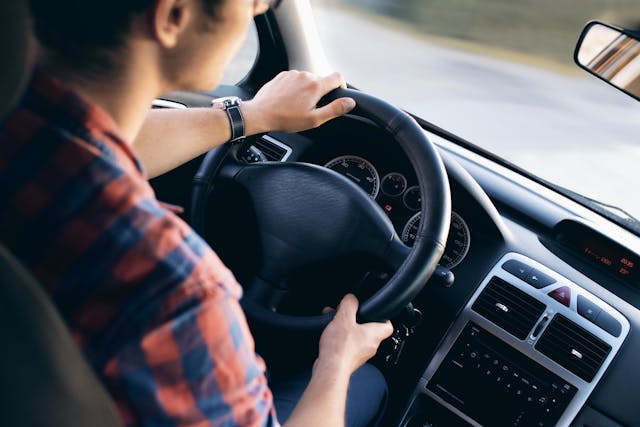At about 11.30am on Monday, the Guardia Civil detected through a mobile radar device that someone was driving at a high speed along a Madrid motorway, according to news agency EFE.
When officers caught up with the driver, they discovered that he was a 36-year-old who suffered from a disability that meant he was only allowed to drive, at most, 100km/h in vehicles specially adapted for disabled drivers.
But it turns out he had flouted the rules for a special joy ride down the Madrid motorway.
The man, who was also driving without a license, was cruising in a silver Porsche 911 using just one leg to drive.
He was reportedly on a test drive in the car, which, amazingly, had no insurance.
The officers had to bring the man a wheelchair when they detained him in order to get him out of the Porsche.
He was arrested for dangerous driving as he had driven nearly three times the speed limit, as well as for driving despite having officially had his permission to drive revoked until April.
The man also reportedly had a prior criminal record which included drug trafficking.



 Please whitelist us to continue reading.
Please whitelist us to continue reading.
Member comments